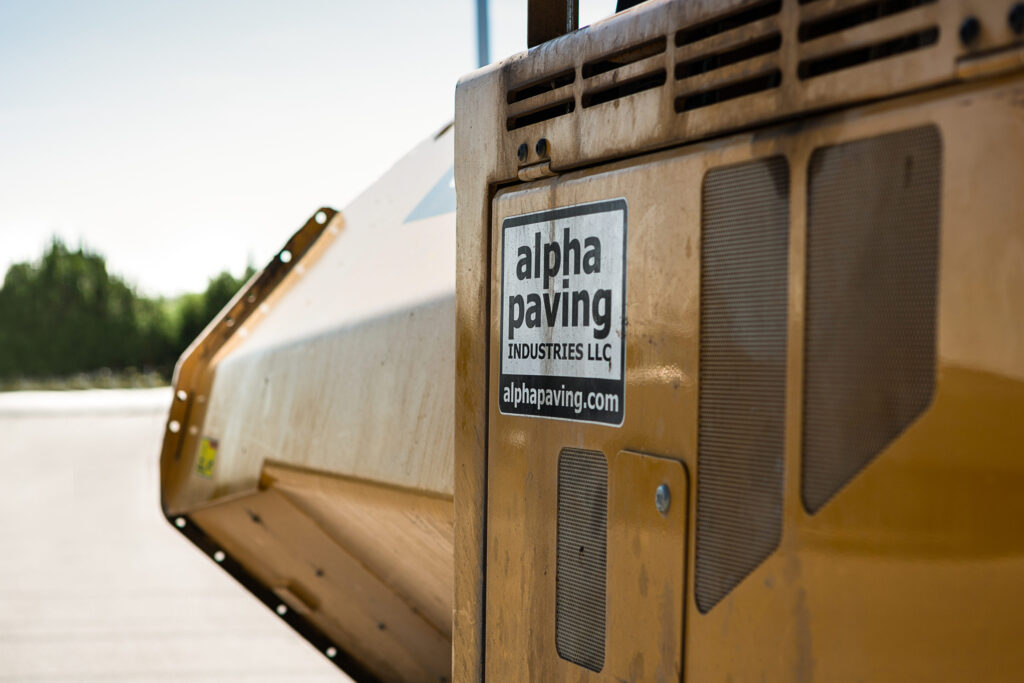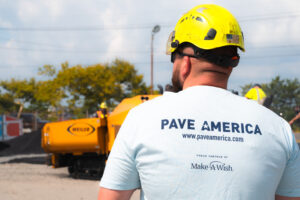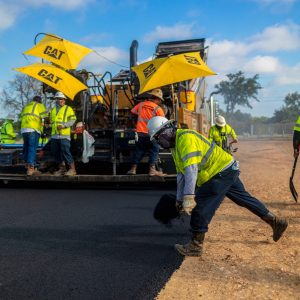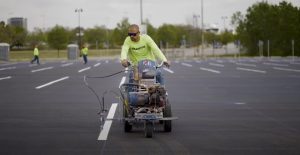People who have spent their lives in an urban environment are often surprised to learn that approximately one-third of all roads in the United States are unpaved. According to statistics released by the American Road & Transportation Builders Association, as of 2012, approximately 2.65 million miles of the nation’s 4.09 million miles of road have been paved, leaving more than 1.4 million miles of dirt or gravel roads. Not included in this number are the unpaved roads at locations such as quarries or construction sites.
There are those who argue against asphalt paving rural or seldom-used roads. They argue that the cost to install and maintain these roads would be prohibitive, and they debate whether sufficient benefits would be gained to justify these costs. Taking a closer look at the benefits gained can help address these concerns.
• Unpaved roads are hazardous for drivers. When they are wet, they turn into slippery surfaces that can make it difficult to control a vehicle — provided the vehicle does not become mired in the mud. Safety does not increase much when these roads are dry; a car on an unpaved road at 30 mph kicks up more than four pounds of dust per mile. This dust reduces visibility and affects the quality of the air.
• Unpaved roads have a tendency to “wash out” when it rains. This causes potholes and rutting that must be corrected for vehicles to travel the roads safely. Even during dry seasons, traffic will still dislodge gravel or dirt. As a result, rural communities must spend significant amounts of money to have unpaved roads re-graded periodically.
• Property located along unpaved roads typically have lower market values than equivalent properties located on paved roadways. Many people feel that their vehicles would be exposed to abuse when driving on unpaved roads and prefer to stay on pavement. In addition, the dust put into the air by traffic means that property owners will face extra cleaning chores and potential respiratory problems.
• In 2005, the Minnesota Local Road Research Board released the results of an analysis of the maintenance costs for both asphalt and gravel roads for the years 1984 through 2002. The study showed that for low-volume roads, the maintenance costs were quite similar for both types of roads. However, for high-volume roads, maintaining gravel roads cost almost twice as much as asphalt roads.
Certainly, there are some sites for which a paved road might not be cost-effective. For example, a vacation home that is located half a mile down a dirt road from the main highway — but is only visited once or twice a year — might not be an ideal candidate for paving. In most cases, however, installing asphalt pavement makes sound economic and environmental sense.
If you would like assistance evaluating whether you should install pavement, contact the professionals at Alpha Paving Industries. We are a full-service parking lot paving and maintenance company serving the Austin metropolitan area as well as most of Central Texas. We offer a complete line of asphalt-related services, including new pavement installation, asphalt repairs and parking lot striping. Use our online form to request your free estimate , or call us at (512) 677-9001.
